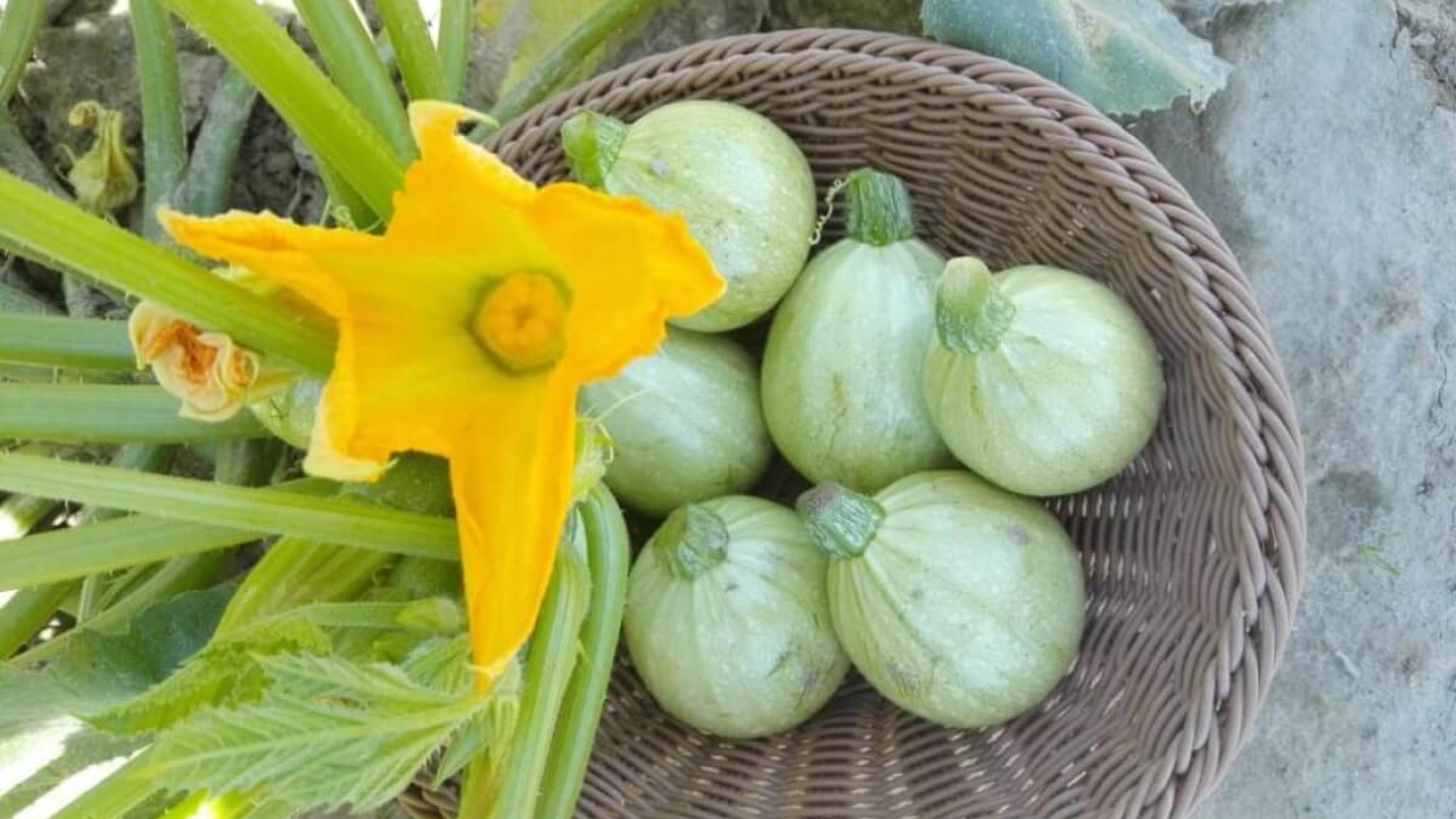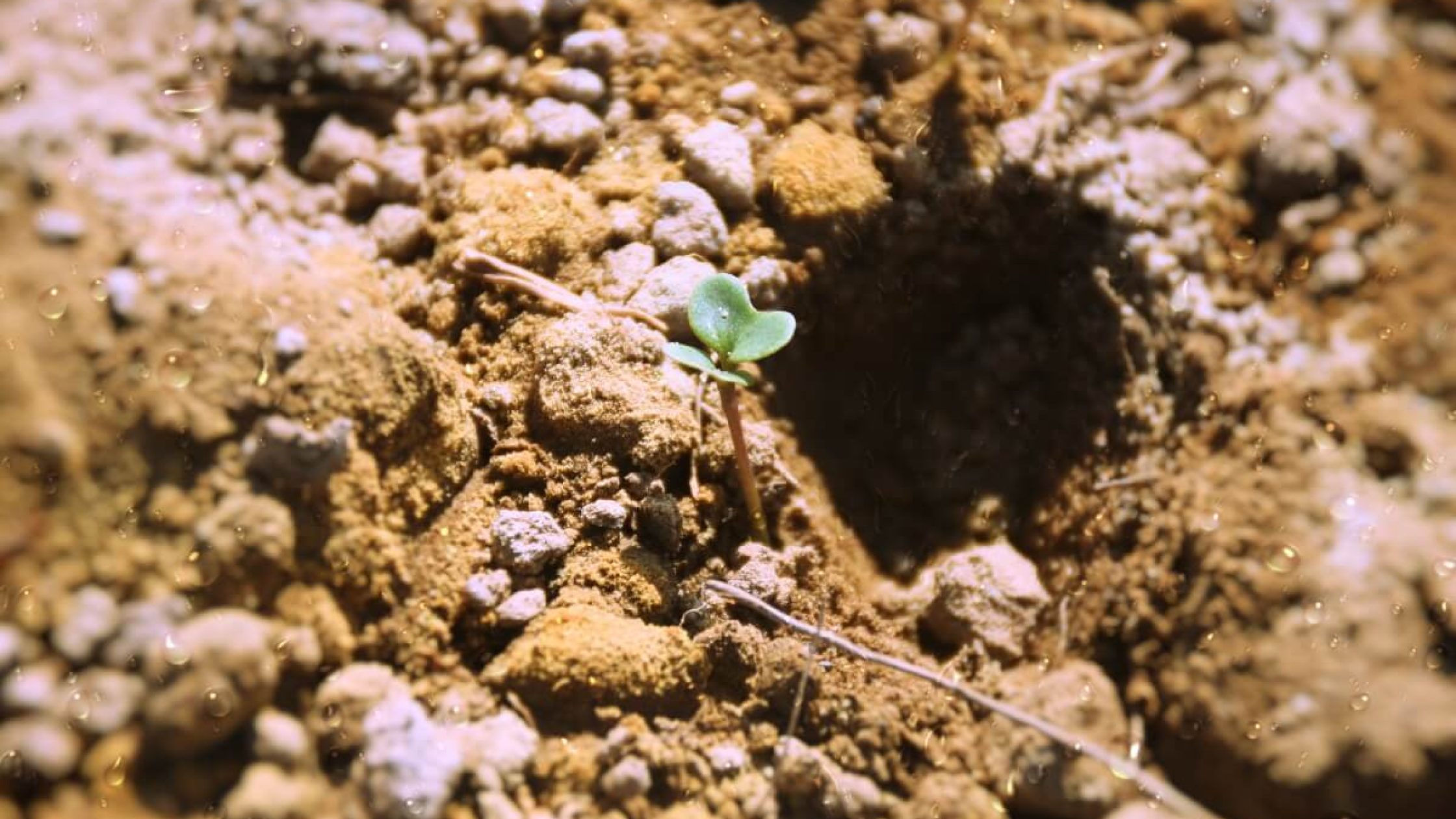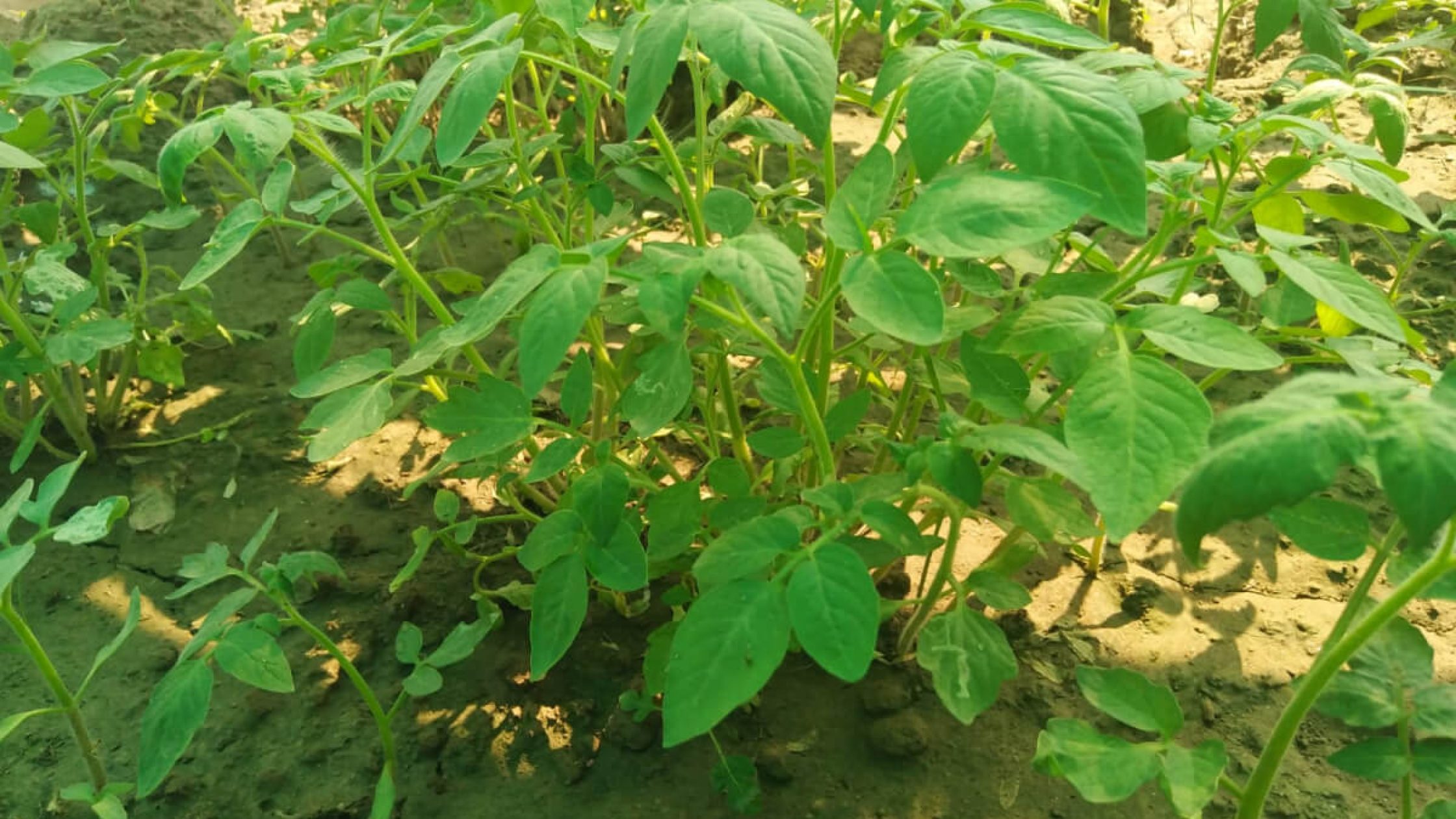No products in the cart.

A Guide to Grow Onion
Below are some frequently asked questions and their answers about the cultivation of onion that can guide one to get the best production.
Which are best varieties to grow?
For Pakistan, some famous adaptable and high-yielding varieties are Nasarpuri, Phulkara, Texas Early Grano, Tarzan F1 , Rosabella F1, Super White F1, and Scarlet F1.
What are the best conditions to cultivate onion?
Onions should be planted in well-drained fertile soils with pH 6.0-7.0 and should have good water-holding capacity.
How to start? Direct Seeding or Transplant?
Onions are propagated from seeds or sets (tinny immature bulbs) or transplants.
Transplants are better to cultivate in terms of yield and good bulb development. The seed rate to prepare the nursery for hybrid onion is 1-1.5 kg.
Land preparation should be done to a fine tilth.
When to Transplant?
When using transplants, the seedlings should be transplanted when they reach pencil thickness (about 6-8 weeks) at a spacing of 30cm by 8cm.
What is the required nutritional profile?
Onions grow best in the soil having an additional 40kg of Nitrogen, 20kg of Phosphorous, and 20 kg of potash that is applied in different growth stages
Furthermore, During Land Preparation: Add 20 tonnes of Farm Yard Manure or well-decomposed cow dung 10 days before sowing.
Add a whole quantity of Phosphorus, Potash, and half dose of Nitrogen at the time of transplanting.
Add the remaining amount of nitrogen as a top dressing, four weeks after transplantation.
When to Harvest?
Harvesting should be done 3-5 months depending on the variety after scoring 75% neck fall of developed bulbs.
SOME RECOMMENDATIONS & SUGGESTIONS:
You should watch out for pests such as onion thrips, onion flies, leaf miners, and diseases like downy mildew, purple blotch, white bulb rot, onion rust, and fusarium basal to do the best curing without wasting time.
Weeds are enemies of development. Light weeding should be done on a timely basis.










Add comment